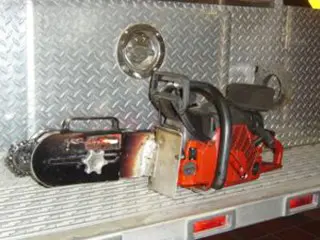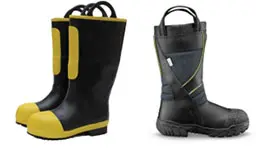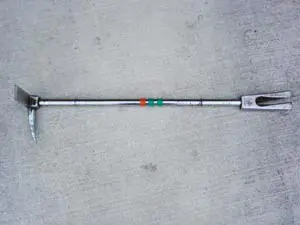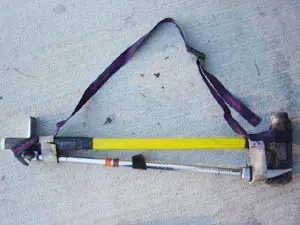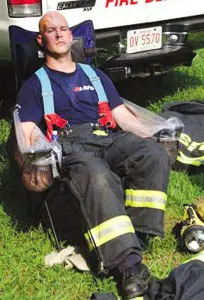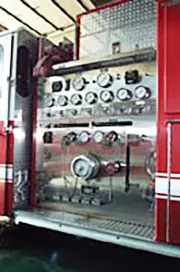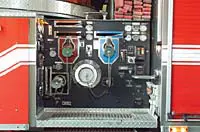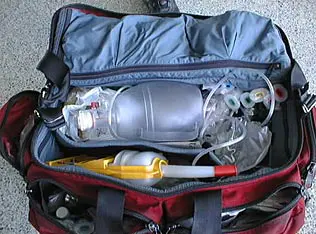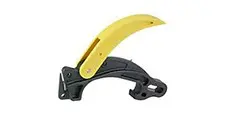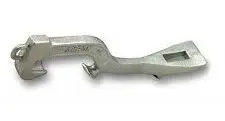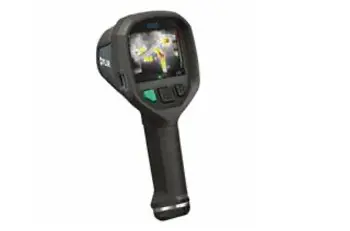Firefighters rely upon a wide variety of tools, clothing, equipment and other gear in the performance of their duties. Many are very specialized and can be used in a variety of ways. We’ve included a representative variety of clothing, tools and equipment on this page to help explain how they are used by firefighters as they perform the many tasks they might be assigned.
If there is a tool or piece of equipment you would like to know more about, please contact us and describe it. We’ll do our best to explain how it’s used by our firefighters.




